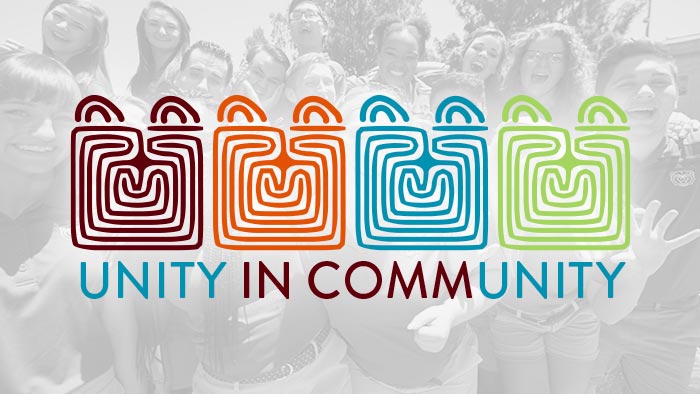The Bear Labyrinth

A Symbol of Individualism and Community
We are Bears. We also are scholars. Our tradition of scholarship, from a western perspective, came from the Ancient Greeks: philosophy, metaphysics, the natural sciences, rhetoric, ethics, and aesthetics provide the logical working tools for developing an understanding of ourselves, others, and the world around us. The labyrinth also was among the treasures the Ancient Greeks passed down to us. Differing from mazes that branch and diverge, the classic, seven-circuit unicursal labyrinth has one path in and out. Some early Greek coins memorialize the form and the Homeric legend behind it.
According to the legend, Theseus navigated the labyrinth of Knossos on the island of Crete to slay the Minotaur, a bull-headed monster who devoured humans. The Minotaur is symbolic of greed, envy, wrath, and other all-consuming obsessions that destroy lives. As scholars, we seek knowledge and wisdom. Upon entering our labyrinths, our minds, we seek to follow a path of discovery to self-knowledge, meaning, balance, and peace. We each conquer our own Minotaur. At least, that is the goal.
The classic labyrinth is seen in faces of this year's Public Affairs Conference bear logo. The path on each face symbolizes our individual lives. We recognize that we have common interests, and sometimes common paths. Yet, everyone is on a special, separate journey, and we may travel at different rates. Community is reflected in the understanding that we accept the different pathways that we all follow. It unifies us. If we subdue our biases and prejudices and quietly contemplate our path and the paths of those around us, we at least have a chance for a happier life.